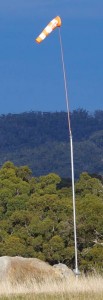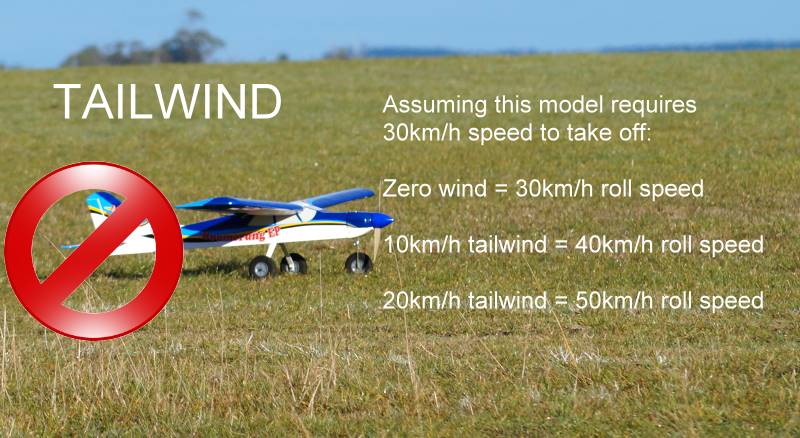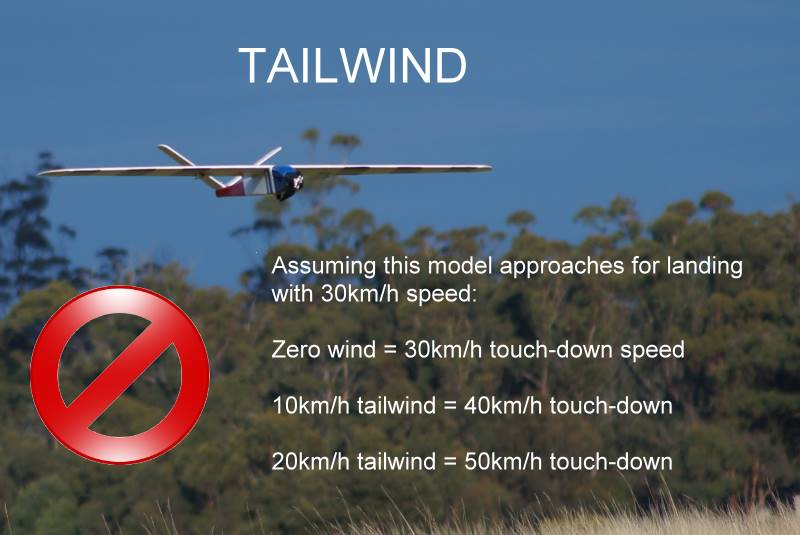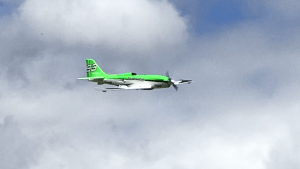 We do have a windsock for a reason. Aircraft, even helicopter, benefit from taking off and landing into the wind. Not just benefit, strong tail winds may even lead to a crash.
We do have a windsock for a reason. Aircraft, even helicopter, benefit from taking off and landing into the wind. Not just benefit, strong tail winds may even lead to a crash.
Why?
A wing produces lift when there is enough air flowing over and under it and at a minimum speed. Each aircraft type requires a certain roll speed to get airborne and landing speed to stay afloat during landing.
Headwind Take-off
In the following image we assume that the trainer needs to gather about 30km/h to get enough lift from its wings. When there is no wind, this is the speed it needs achieve on the runway for a take-off. With some headwind this speed will be reduced accordingly, see images.
Tailwind Take-off
If you take-off with a significant tail wind, the wing might not be able to produce enough lift and you may overshoot the runway – red-faced, of course.
When we do the mathematics, the following is true for a take-off.
Headwind and Tailwind Landings
Landing with a tailwind is outright dangerous. While a gentle breeze is acceptable in certain circumstances, a significant wind will increase the take-off and landing speed and the aircraft is likely overshooting the runway, break the landing gear, or crash.





